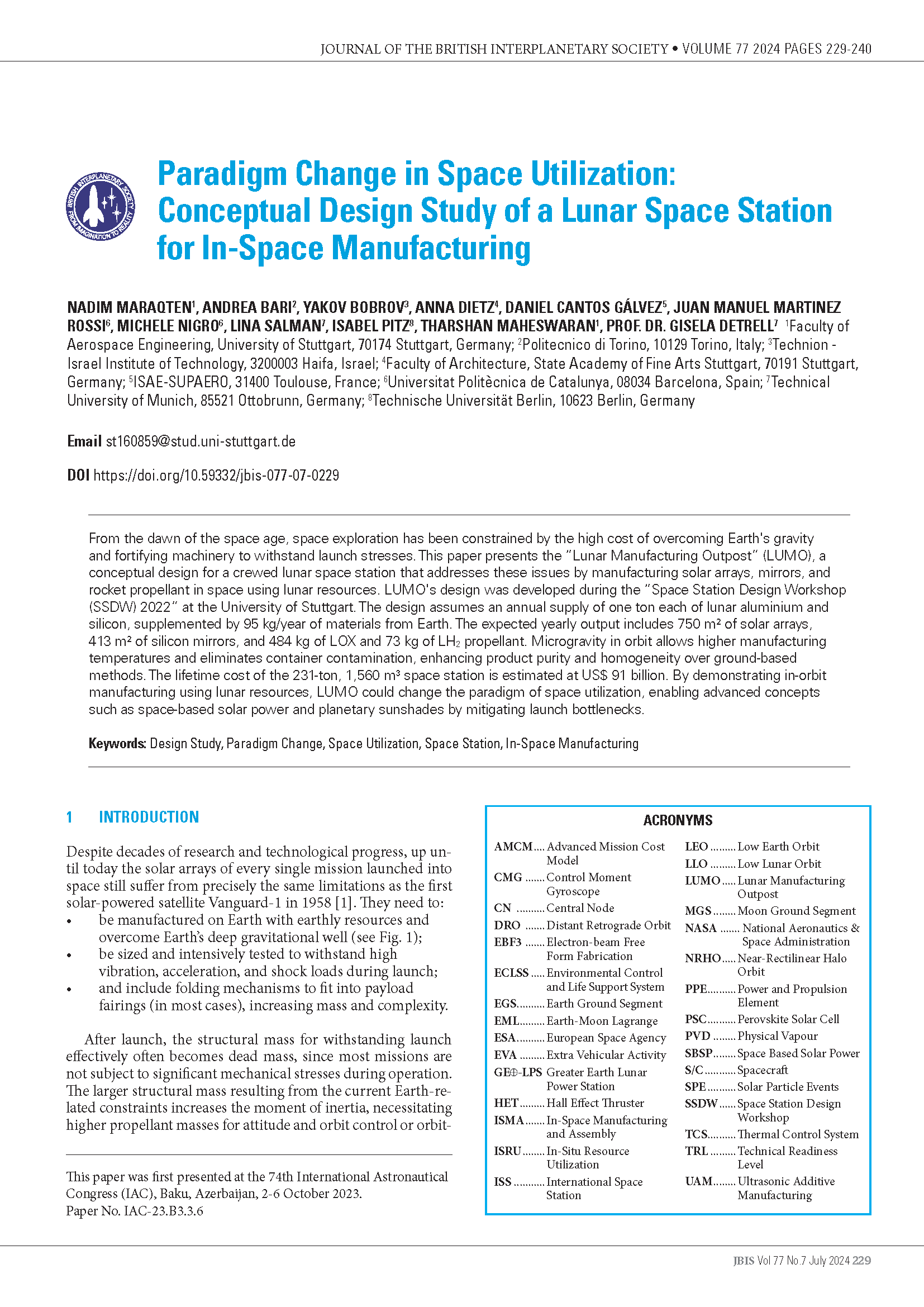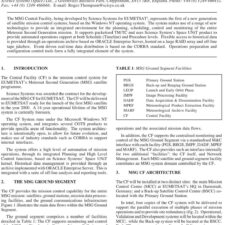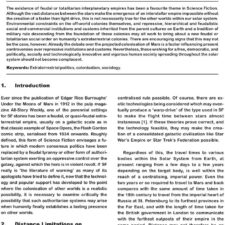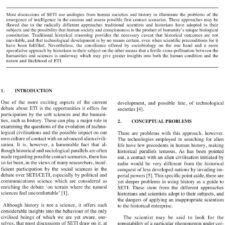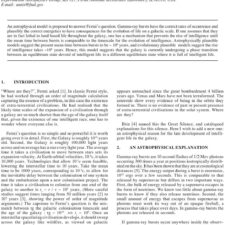Paradigm Change in Space Utilization: Conceptual Design Study of a Lunar Space Station for In-Space Manufacturing
£5.00
Nadim Maraqten, Andrea Bari, Yakov Bobrov, Anna Dietz, Daniel Cantos Gálvez, Juan Manuel Martinez Rossi, Michele Nigro, Lina Salman, Isabel Pitz, Tharshan Maheswaran, Prof. Dr. Gisela Detrell (2024), JBIS, 77, pp. 229-240
Refcode: 2024.77.0229
DOI: https://doi.org/10.59332/jbis-077-07-0229
From the dawn of the space age, space exploration has been constrained by the high cost of overcoming Earth’s gravity and fortifying machinery to withstand launch stresses. This paper presents the “Lunar Manufacturing Outpost” (LUMO), a conceptual design for a crewed lunar space station that addresses these issues by manufacturing solar arrays, mirrors, and rocket propellant in space using lunar resources. LUMO’s design was developed during the “Space Station Design Workshop (SSDW) 2022” at the University of Stuttgart. The design assumes an annual supply of one ton each of lunar aluminium and silicon, supplemented by 95 kg/year of materials from Earth. The expected yearly output includes 750 m² of solar arrays, 413 m² of silicon mirrors, and 484 kg of LOX and 73 kg of LH2 propellant. Microgravity in orbit allows higher manufacturing temperatures and eliminates container contamination, enhancing product purity and homogeneity over ground-based methods. The lifetime cost of the 231-ton, 1,560 m³ space station is estimated at US$ 91 billion. By demonstrating in-orbit manufacturing using lunar resources, LUMO could change the paradigm of space utilization, enabling advanced concepts such as space-based solar power and planetary sunshades by mitigating launch bottlenecks.
Keywords: Design Study, Paradigm Change, Space Utilization, Space Station, In-Space Manufacturing

